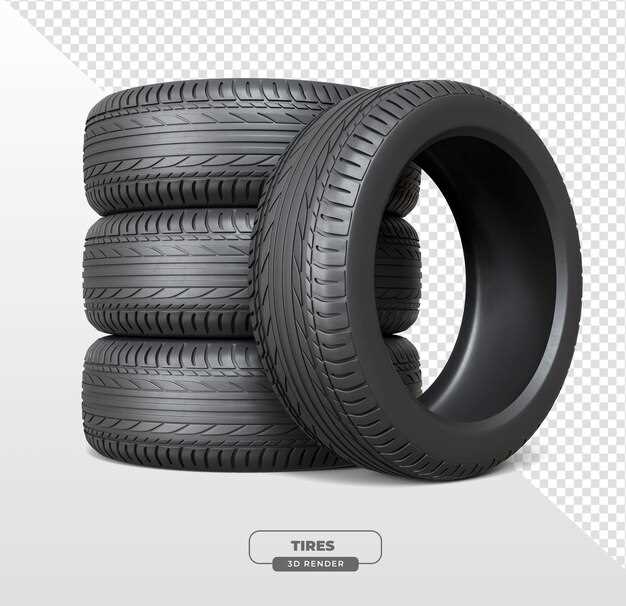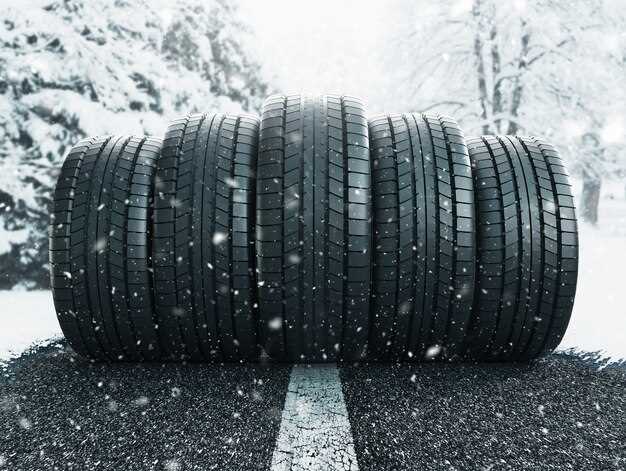
Benefits of All-Season vs. Summer Tires
- Arthur Rodriquez
- 0
- Posted on

Understanding the differences between all-season tires and summer tires can significantly influence your driving experience. This comparison delves into the unique features and benefits of each type, enabling you to make an informed decision when selecting the right set of tires for your vehicle.
All-season tires are designed for versatility, offering a balanced performance in various weather conditions, including light snow and rain. They strike a balance between durability and comfort, making them a popular choice for everyday driving. In contrast, summer tires are tailored for optimal performance in warmer temperatures, providing superior grip and handling on both dry and wet roads. This comparison highlights how the specialized design of summer tires enhances performance, particularly for high-performance vehicles.
As we explore the advantages of each type of tire, it will become clear that your choice should depend on your driving habits, climate, and performance needs. Understanding these crucial elements is key to maximizing safety and performance on the road.
Performance Differences in Wet and Dry Conditions
When it comes to tires, understanding the performance differences in wet and dry conditions is crucial for selecting the right type for your vehicle. All-season tires and summer tires cater to distinct driving needs, particularly regarding traction and handling in varying weather scenarios.
In dry conditions, summer tires typically outperform all-season tires due to their unique rubber compounds and tread designs. The enhanced grip provided by summer tires allows for better acceleration, braking, and cornering. This performance advantage is particularly noticeable during high-speed driving, where precision and stability are crucial.
Conversely, in wet conditions, the comparison shifts. All-season tires are designed to handle light rain and provide a balance between grip and durability. Their tread patterns often feature wider grooves, which help in channeling water away from the contact patch, reducing the risk of hydroplaning. While summer tires can also perform well in wet conditions, they may not offer the same level of safety as all-seasons, especially in cold temperatures where the rubber can become less effective.
In summary, the performance of tires varies significantly between wet and dry environments. While summer tires excel in dry weather, providing superior handling and control, all-season tires offer more versatility for light rain and moderate conditions. Careful consideration of the typical driving conditions will aid in making informed decisions regarding tire choice.
Tread Design Features and Their Impact on Longevity

The tread design of tires plays a crucial role in determining their longevity, with distinct features significantly affecting wear rates. In the comparison between all-season tires and summer tires, tread patterns illustrate varying priorities tailored to specific driving conditions.
All-season tires typically feature a symmetrical tread pattern, which is designed to provide balanced performance across a range of weather conditions. This uniform design facilitates even wear, allowing these tires to retain optimal tread depth for a longer duration. Additionally, all-season tires often incorporate sipes–small slots or cuts in the tread–that can enhance traction in wet and snowy conditions. However, while these features support versatility, they may compromise performance in extreme temperatures, leading to less durability under harsh summer conditions.
In contrast, summer tires boast more aggressive tread designs, with a focus on maximizing grip and handling in warm, dry conditions. Their wider and shallower grooves help channel water away effectively, reducing the risk of hydroplaning. This specific design minimizes tread flex under high-performance driving, contributing to less heat buildup and ultimately enhancing longevity during summer months. However, the lack of siping can make summer tires more susceptible to wear when temperatures drop, as the softer rubber compounds can harden and wear more quickly in cooler weather.
Ultimately, the impact of tread design features on tire longevity is a key consideration when evaluating the performance of all-season tires versus summer tires. Understanding these differences can guide consumers in selecting the right tire for their driving habits, climate, and safety requirements.
Cost-Effectiveness: When to Choose All-Season vs. Summer Tires

When considering cost-effectiveness in tire selection, it’s essential to weigh the benefits of all-season tires against summer tires. The comparison between these two options often hinges on driving conditions and climate. All-season tires offer versatility, allowing drivers to use them year-round without the need for seasonal changes. This can lead to lower overall costs, as one set of tires can cover diverse weather conditions, reducing maintenance and storage expenses associated with swapping tires.
Summer tires, on the other hand, are engineered for optimal performance in warm, dry conditions. They provide better grip and handling than all-season tires, resulting in enhanced driving safety and enjoyment during the summer months. However, their performance can diminish in cold or wet environments, necessitating the purchase of a second set of all-season or winter tires if winter weather is anticipated, thus potentially increasing the total expense over time.
To determine when to choose all-season tires, consider your local climate and driving habits. If you experience mild winters and predominantly dry weather, all-season tires may be the most cost-effective solution. Conversely, if you frequently drive in hot temperatures or engage in performance-oriented driving, investing in summer tires could yield better performance and possibly lower maintenance costs in the long run due to reduced tire wear.
Ultimately, the decision between all-season and summer tires should reflect an analysis of your specific driving needs, local climate conditions, and overall budget. Each option has its merits, and understanding their cost-effectiveness is crucial for drivers looking to make an informed purchase.